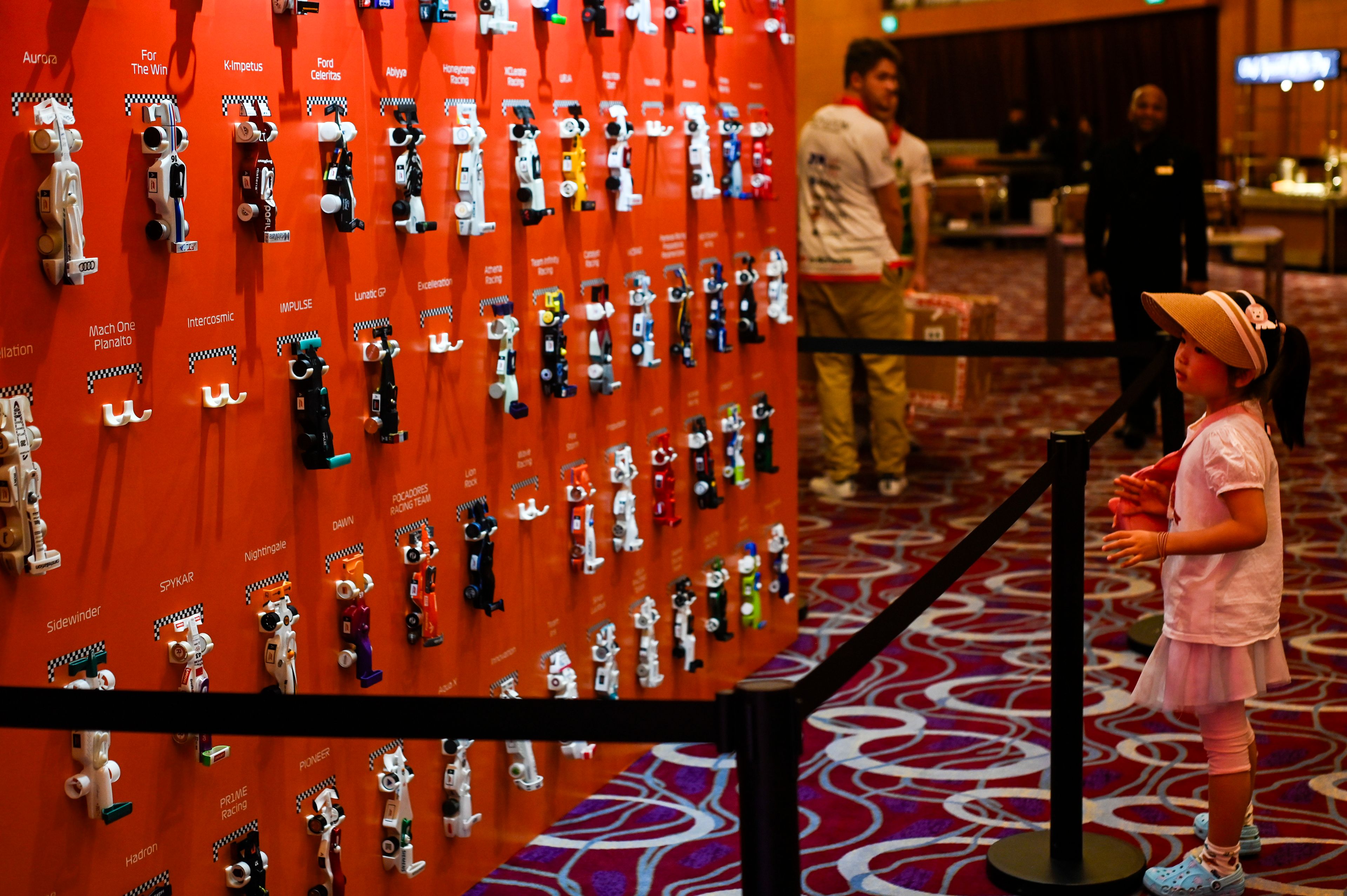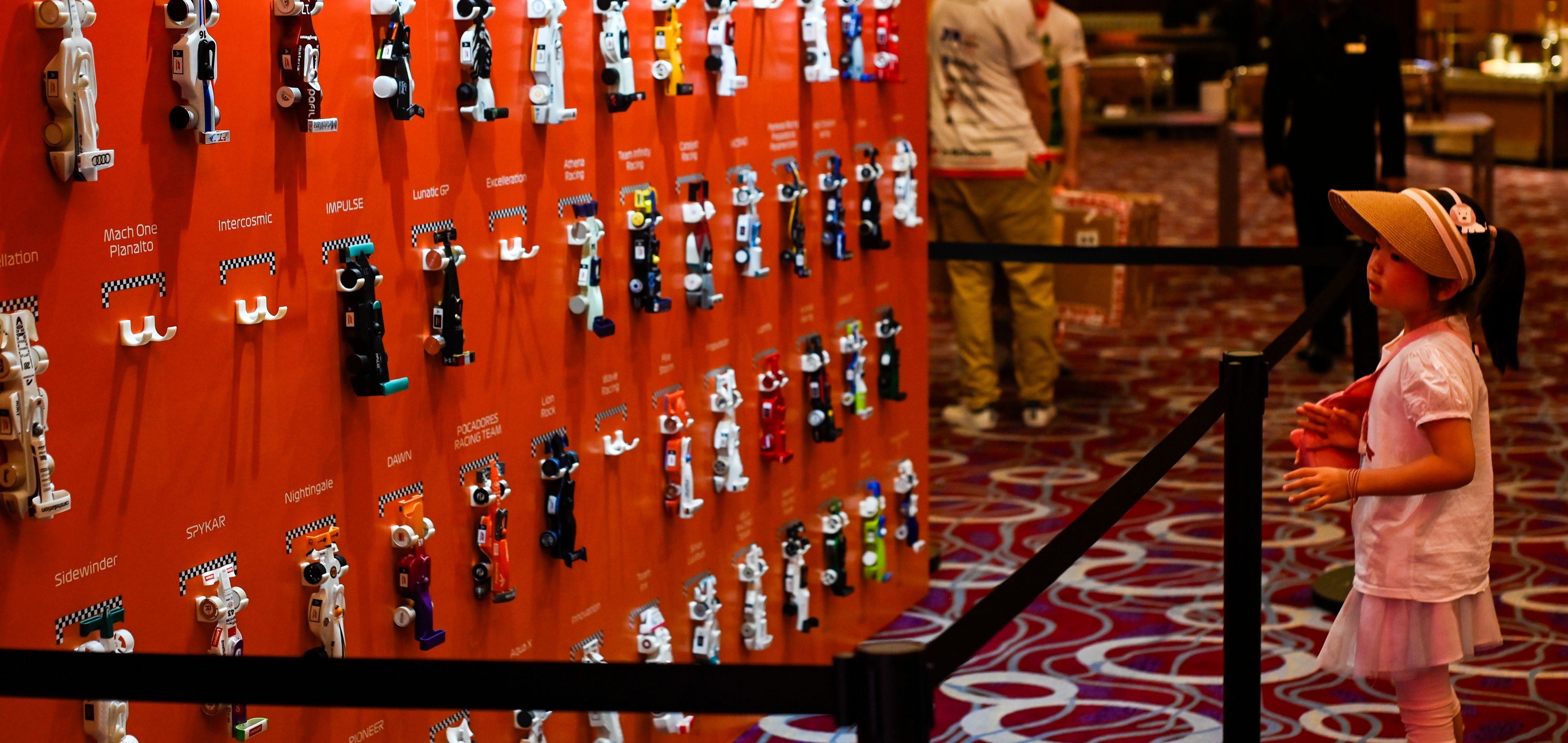The History of F1 in Schools Cars
F1 in Schools has been running for over 15 years now and with the 2023 Aramco F1 in Schools World Finals having just finished, why don't we look at the history of cars through constant regulation changes over the past two decades?
Gautam Bose September 25, 2023
2008-2012 | The Early Days
The early set of regulations were very rudimentary and featured only a few visibility rules of which the major one was front wheel visibility. Due to the “open” nature of these regulations, this era featured a lot of innovation. The notable absence of advanced powerful computer fluid dynamics (CFD) software led to a lot of the teams during this era taking inspiration from nature which is referred to as biomimicry, to learn more about biomimicry refer to this article here.

Another significant feature of these early cars was the lack of independent suspension. Instead, they utilised an axle through the car body such as Team Basilisk in 2010. Most cars from this period showcase bullet-shaped canister chambers along with a large fin-like structure that is often attached to the chamber piece to provide stability. They had side pods that stretched around the rear wheels and went all the way to the front wheels to reduce drag. Front wing shapes were often simple curved structures that directed air above the front wheels, and rear wings were simple aerofoils.

The biggest progression of this era of cars was the introduction of bearings to wheel systems, this allowed wheels to spin easier and at a higher rpm rather than axles directly attached to the wheels.

2013-2014 | Aerodynamic Revolution
This is around the time when we see the style of how modern F1 in School cars would later look like and oversaw the initial development of several aerodynamic and manufacturing principles that many teams still use today. This set of regulations marked the introduction of the exclusion zone behind the front wheels and thus forced teams to make their car more aerodynamic in other ways, it was due to this that the catamaran concept was implemented into the car design process. The development of CFD software during these years also saw the use of aerodynamic structures such as winglets and vortex generators, leading to the increased complexity of car designs.
This was around the time when CFD software became more advanced, accurate and easily accessible enabling F1 in Schools engineers to analyse the airflow around car designs. This caused a major shift in the car design process and cars inspired by fast objects like rockets and bullets along with biomimicry concepts largely were obsolete, this is not to say these concepts haven’t been used since with a major example being FM-1 racing in 2018 who brought a car inspired by the manta ray from the front wing structure to the rear pods which were inspired by a fin tuna. These developments in CFD software allowed teams to optimise the drag force to a greater extent than what was possible before.


The most important change that occurred during this era of cars was the use of independent wheel systems and more importantly the development of suspensions by most teams. The best use of suspension was seen in team A1 racing who were crowned the 2013 world champions. They used their spring suspension to reduce the forces experienced by the car rather than to absorb imperfections in the track, and it proved to be successful by earning them a time of 1.047 seconds and the fastest car award. An interesting fact to be noted is that suspension has not been successful after this year which is due to multiple factors, one of which is most certainly that suspension systems cause a lot of energy loss at launch and no other team has been able to achieve the exact same balance of the system.

The best innovation, possibly in the history of F1 in Schools was the “LERS device” which was introduced as a testing concept by Team Cold Fusion (2012 World Champions) and perfected by Team Colossus (2014 World Champions), their concept inspired a new set of regulations for the year 2015 and completely revolutionized the car design process for F1 in Schools. The term LERS stands for “Launch Energy Recovery System” and was intended to concentrate the air that comes out of the canister at launch and redirect it to produce more thrust at the start of the race.

2015-2016 | The LERS Period
The new set of regulations for these years focused on the further development of the LERS device and made it so that teams without the LERS device would be put at a massive disadvantage. This led to the development of the two major types of LERS devices:
-
The first type of LERS device was a redirection system for air focused on the concentration of air into a steady stream flow at launch which allowed more efficient use of canister launch energy. This type of design was used prominently with Team Knight Hawks car as featured below, which had a zero rear wing concept and due to its excellent finish and manufacturing won the best-manufactured award in 2016.
-
The second type of LERS device was a “sealing” type device that temporarily created a vacuum chamber where the air expelled from the canister would collect around the canister itself and create a high pressure, explosive thrust that would move the cars at unnaturally high speeds over the track. This type of design was most prominently featured on the car of Team Infinitude (2016 runners-up outright and the world’s fastest track time record-holder).


The two types of LERS devices are shown below, type 1 on the right and type 2 on the left.

However, during the 2016 knockout semi-finals, due to the extreme pressure build up inside Team Infinitude’s LERS system, the air surrounded the canister and held it stationary which caused the canister to come out of the back of the car. Due to the safety risks imposed by this event, that race would be the last time the LERS device would be used in competition. Consequently, this forced new regulations for the 2017 season and onwards.
2017-2018 | Return to Fundamentals
This set of regulations oversaw what was the last ever sub-one-second time in an official World Finals event, teams returned to minimal drag concepts rather than focusing on the optimisation of LERS. These regulations are mostly, with a few exceptions, what was used until the 2022 World Finals and oversaw teams converge on the optimised designs for front wings and overall body shapes. With the advancement of CFD software usage, teams were able to visualize airflow and make meaningful changes while being able to quantify the results.

The pinnacle of these regulations was reached by Team Horizon (2018 World Champions), who are the fastest-ever non-LERS F1 in Schools car track time record holders with a time of 0.997s, this design featured the use of a lifted swept rear wing and a front wing placed atop a fin to raise the center of mass and improve stability. The car was designed to raise the center of mass as close to the canister thrust vector as possible and reduce tipping moment (the rise of the back of the car during launch) to increase stability.

Even with a highly restrictive set of regulations in comparison to all the previous years, teams such as Aeroflow Racing and Team Perspective (2018 World Finals) brought forward innovative concepts that maximized the regulations, Aeroflow Racing had a continuous side body that ensured air would stay attached around the car and reduce drag, Team Perspective, on the other hand, featured a very intricate front wing with the use of two tall vertical struts extending below the tip of the nose cone for stability and featured winglets on the end plates of the front wing, additionally, this was the first team to prominently have a taper to the canister shape creating a “Kamm back or Kamm tail” to learn more about Kamm tails refer here or here.


2019-2022 | The Recent Era
Although these regulations were very similar to previous versions, a few major changes were implemented including an exclusion zone in front of the rear wheels, and the rear wing was forced to not be attached directly to the car body instead of on singular supports.

Teams during this time split into two major concepts, the first of which used simplistic body shapes and cars intending to achieve maximum stability, such as Evolve UK (2019 World Champions) had extremely long wheelbases and a very high center of mass close to the canister thrust vector to ensure maximum stability. The Evolve UK car also was one of the first to use metal which was slotted underneath the front wing and the rear wing to raise the center of mass.
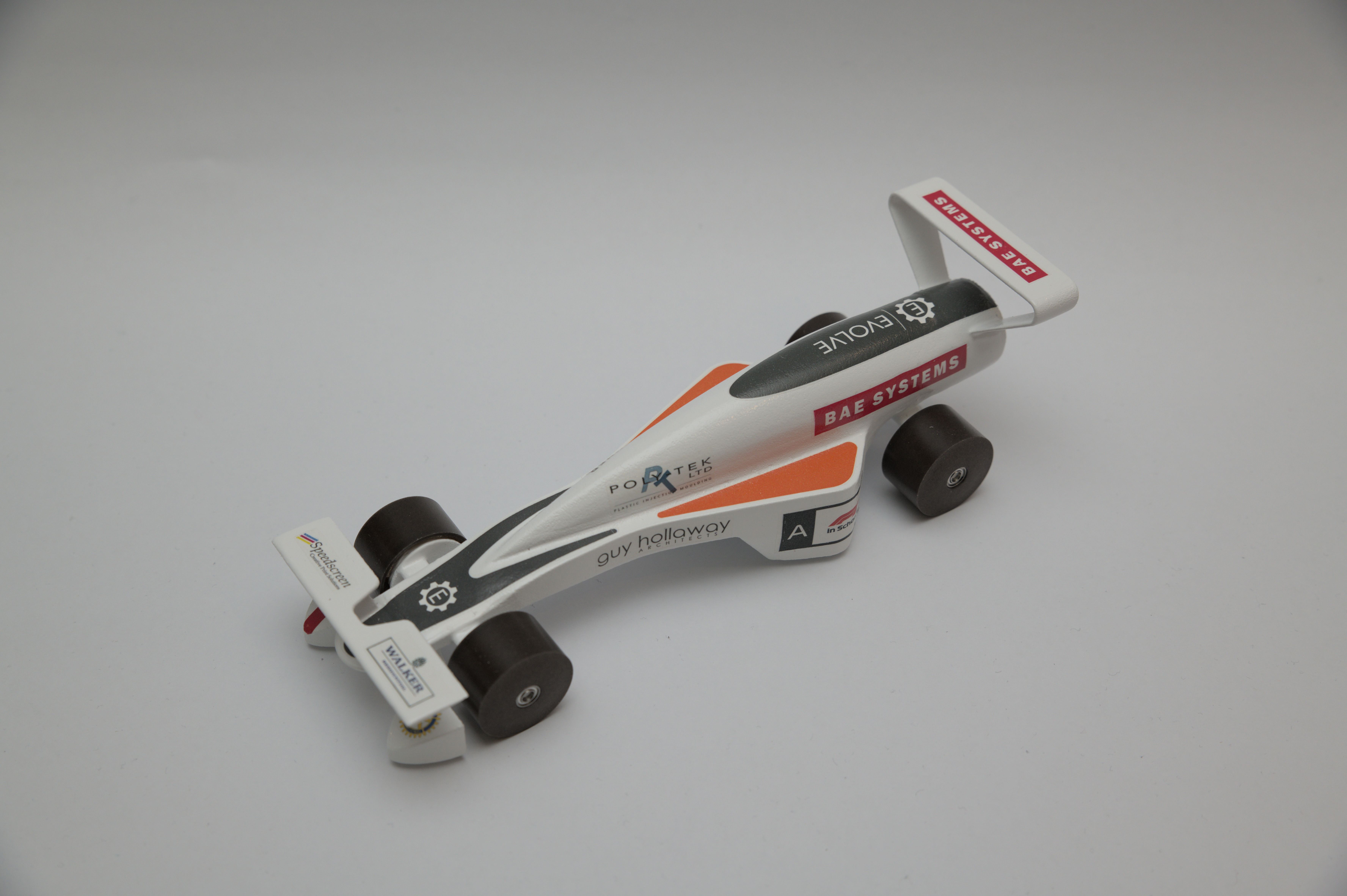
Other cars aimed for the lowest possible drag force, seen on cars such as with Team Fusion (2019 runner-up outright) which featured innovative side-pods which both channeled air into the main catamaran tunnel as well as channeling it around the rear wheels with very thin walls in what remains one of the best-designed cars to date, it’s innovative front wing which featured winglets around large front pods to direct air around the front wheels.

In recent years we saw teams converge into the most optimal shapes such as the ramps with a wing in front of it to direct more air into the ramp and away from the front wheels as featured on the Quintoloux (2021) car as shown below and the flat side-pods which are angled outwards to push air around the exclusion zone to reduce drag such as on the Hydron car (2022 World Champions).
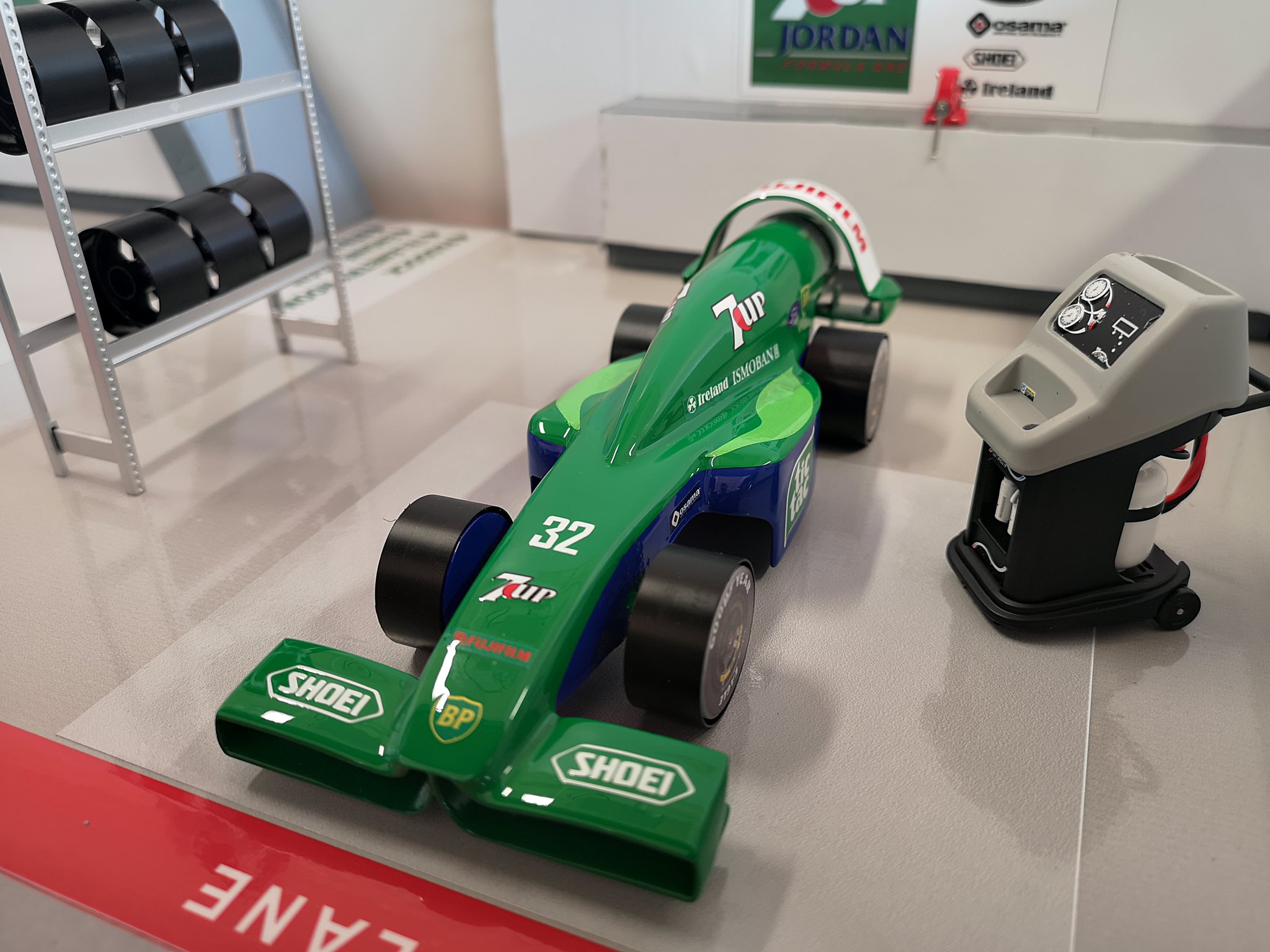
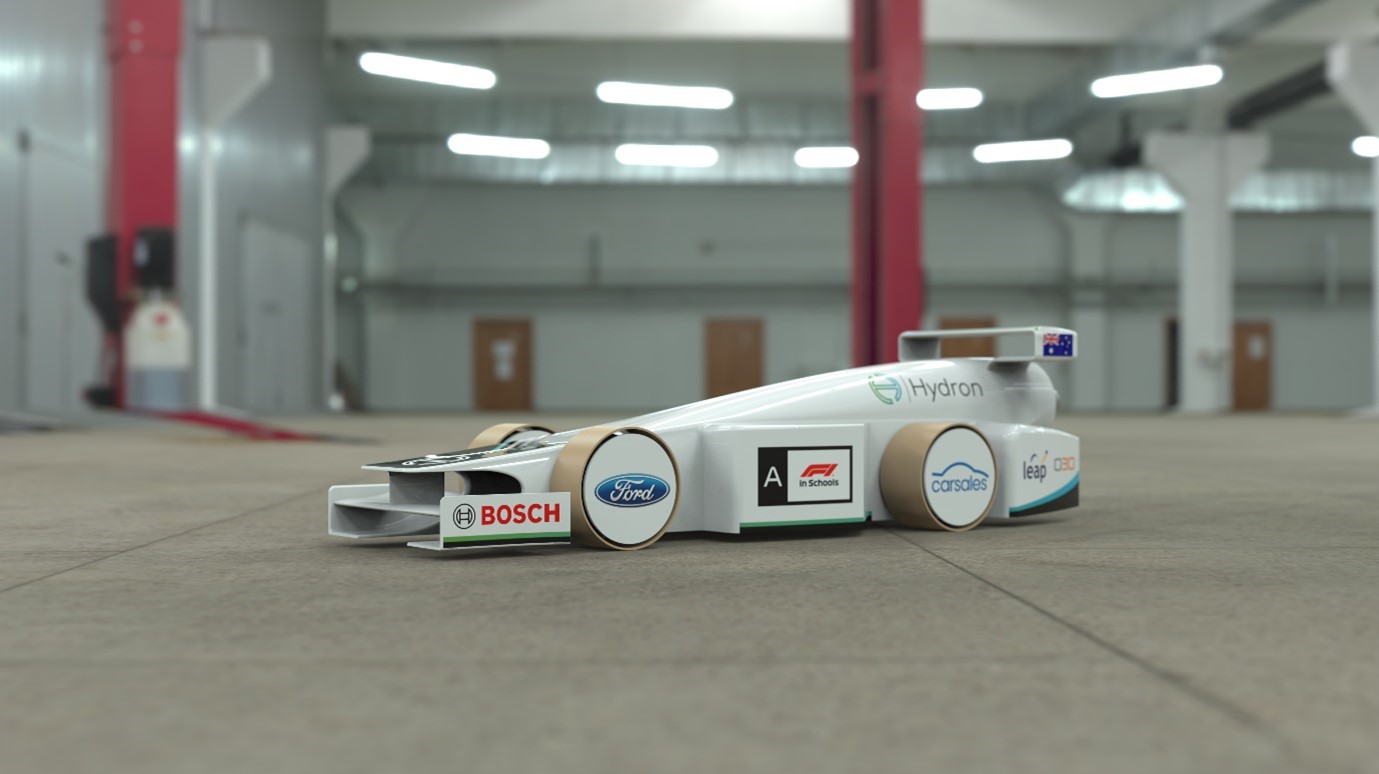
2023- | A New Beginning
The latest set of regulations forced F1 in Schools cars to look more like the current Formula 1 cars and improve the deceleration system. To achieve this, a halo and helmet were mandated along with larger wheel diameters. Track times were much slower but in comparison to the first year of the previous regulations (2017). The fastest time of 1.084s there is similar to the 1.090s at the recent World Finals. There were prominently two major types of cars at this world finals.
The first type of cars were the ones which adapt cars from previous regulations to the halo and helmet. Several of these cars however suffered a major problem at this World Finals, regulation discrepancies and the addition of the heavy halo and helmet along with the larger virtual cargo caused a lot of these cars to be overweight from the minimum 50.0g.
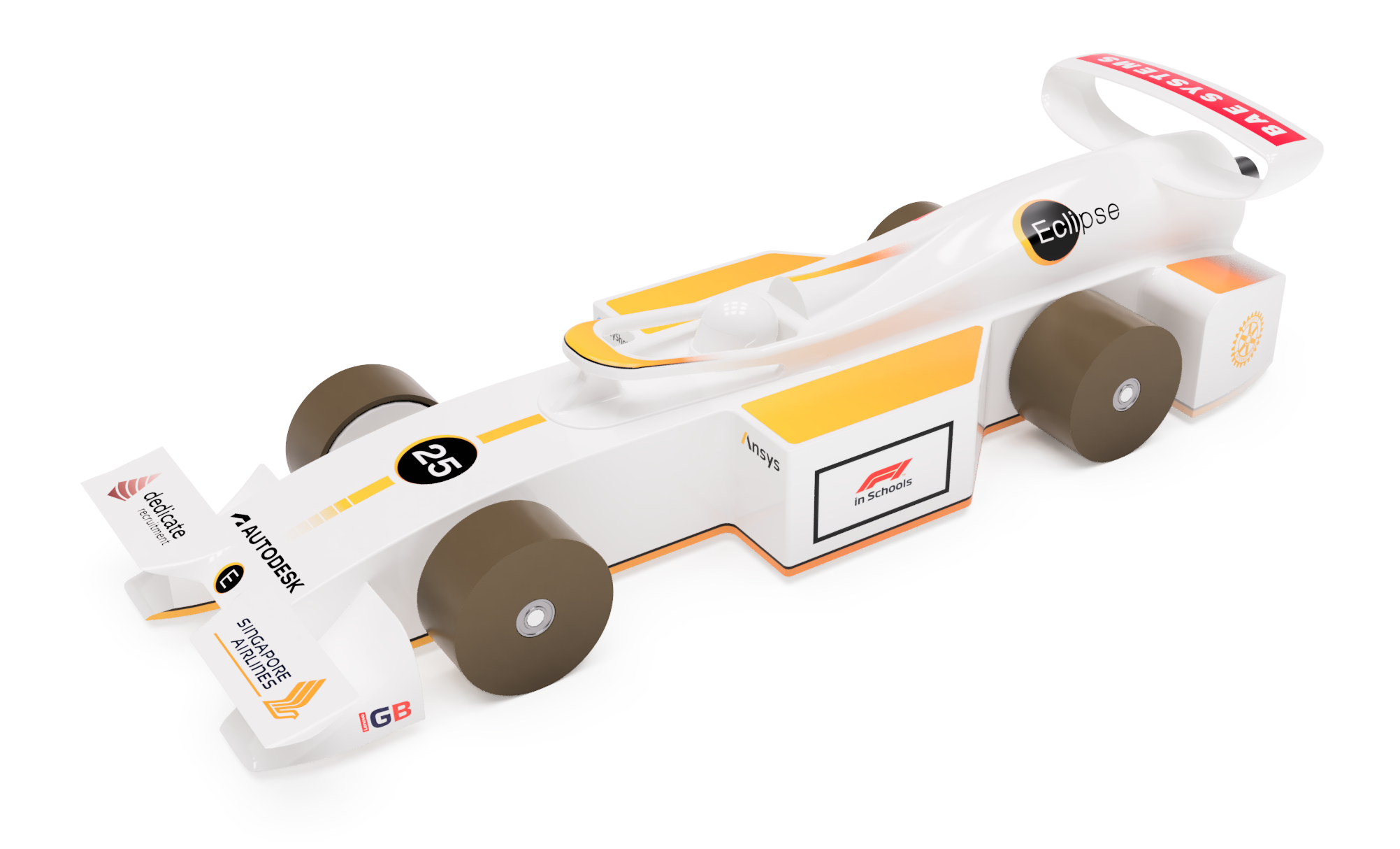
The other style of cars had completely unique rear lofts featuring new and innovative ways to adapt the halo seamlessly into the car body, these cars tend to not have the catamaran walls often seen on many previous regulation cars. However, they did not emerge to be much faster than styles of cars that had adapted from previous regulations.

The 2023 Aramco F1 in Schools World Finals was truly a spectacular event, it was successful at its goal of creating a variety of different types of cars and provided a much needed reset to the engineering side of the competition. As shown from past World Finals, the second year of new regulations have shown to be much faster, with improvements of up to a tenth of a second. The 2024 World Finals are sure to be just as good, if not better than this year and we can’t wait to see all the new cars.
Gautam Bose is a UAE correspondent, he is the Team Manager and Engineer for team Aeolian Racing, the reigning UAE National Champions who will be participating in the 2024 World Finals.
Latest News
World Finals 2025
Australian team Lunar crowned 2025 STEM Racing World Champions in Singapore
The team becomes the eighth from Australia to win the STEM Racing (formerly F1 in Schools) World Championship.
News
STEM Racing to be the new name of F1 in Schools
The competition is set to rebrand to STEM Racing, Formula 1 has announced.
WORLD FINALS 2023
The History of F1 in Schools Cars
F1 in Schools has been running for over 15 years now and with the 2023 Aramco F1 in Schools World Finals having just finished, why don't we look at th...
